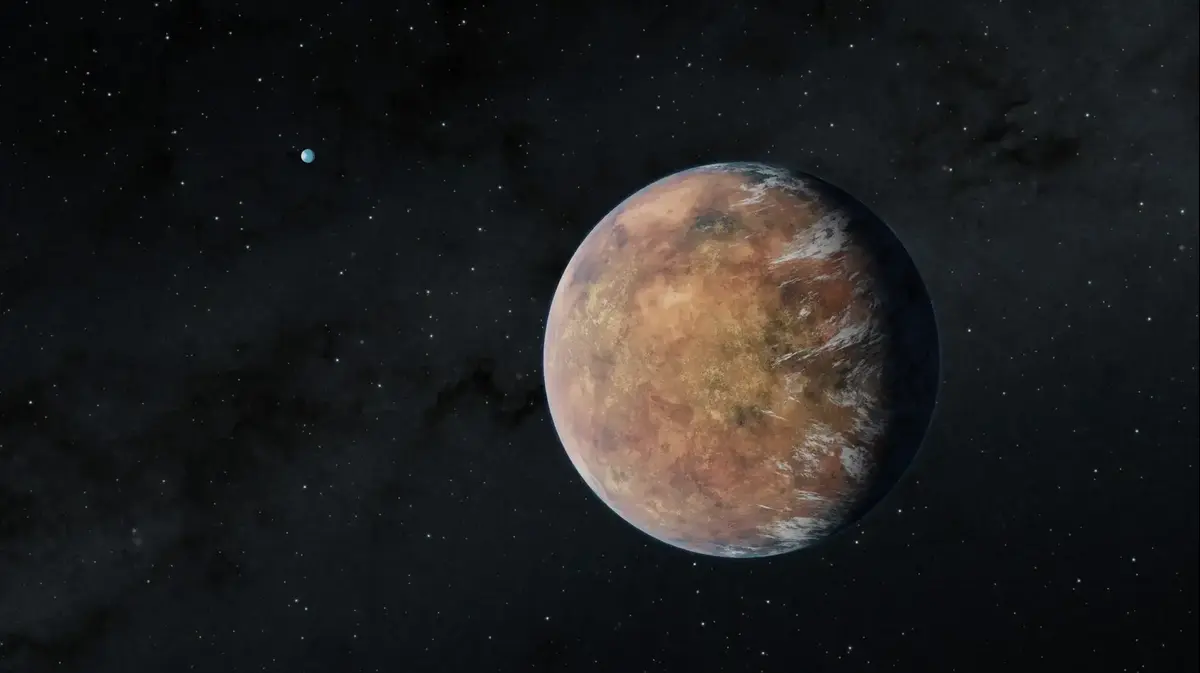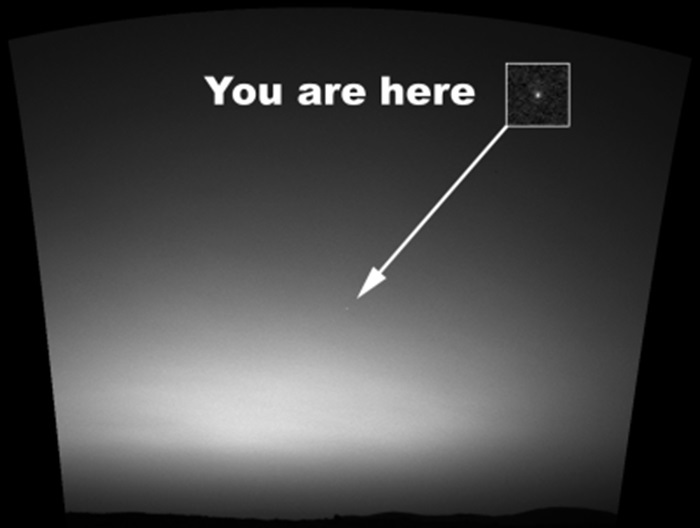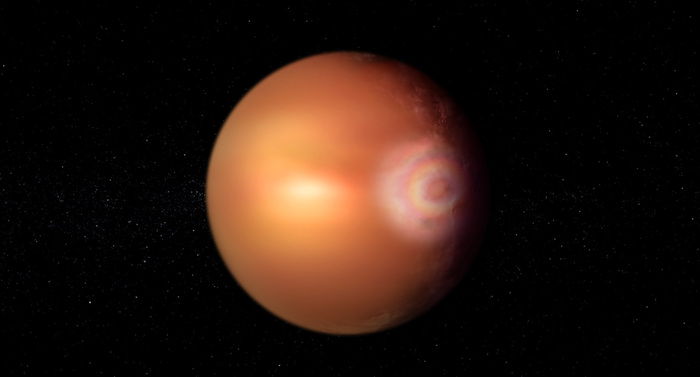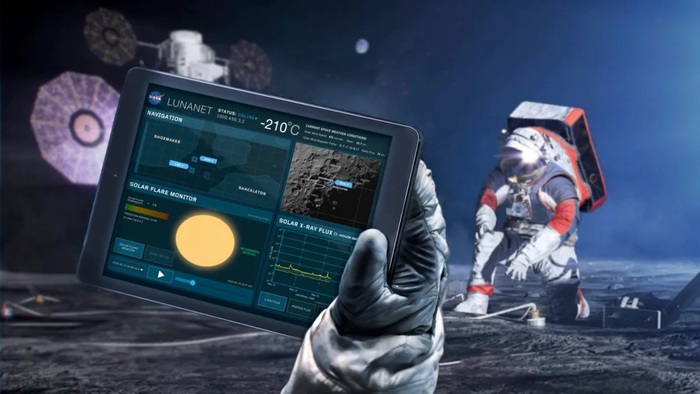Launched in 2018, NASA's TESS satellite (English acronym for "Moving Exoplanet Exploration Satellite") has since discovered 285 confirmed exoplanets (stars outside our solar system) and another 6,000 candidate stars. However, one of the most Of interest to it is the star TOI 700 d which is an Earth-sized star, and is located in the possible habitable zone relative to its sun. Now, NASA scientists have concluded that it has a similar neighbor, another possible Earth-like star.
Emily Gilbert, an astronomer at NASA's JPL Laboratory in California, and her colleagues will present their exciting findings at the 241st meeting of the American Astronomical Society this week in Seattle.
In 2020, Gilbert and her colleagues reported three stars orbiting a small sun named TOI 700, located about 100 light-years from us.
The sun is a red dwarf, but unlike normal red dwarfs TOI 700 is a relatively quiet sun, with no eruptions that could roast any possible living thing on nearby worlds.
According to the information gathered so far, the Sun does not appear to be sending dangerous outbursts to the stars around it.
Two of the stars orbiting the Sun are too close to Earth to resemble Earth, but the third star TOI 700 d is intriguing: It's about 20 percent larger than our Earth, and completes orbit once every 37 days, putting it in a possible habitable zone, meaning an accumulation of Water on the surface of the planet - the initial condition for the development of life.
Now, Gilbert and her colleagues say that TOI 700 d has another, and just as intriguing, sibling.
The star, unsurprisingly named TOI 700 e, is not exactly in the habitable zone, but that definition is likely being re-evaluated in light of the findings of water on our next-door neighbors, Mars and Venus, raising hopes for a similar situation with TOI 700 e.
According to the scientists, TOI 700 e is almost the size of the Earth, about 95 percent of it, and completes its orbit every 28 days. What's more, it has a peripheral lock, which means that its orbital period and axis movement are the same, which creates a situation where one side of The star faces its sun.
TOI 700 e attracted the attention of the scientists enough to recruit additional means of observation besides TESS.
It is currently being tracked with the help of the huge telescope in Chile and a spectrograph that has been given the amusing name ESPRESSO, which is precisely designed to track Earth-like external stars.
The scientists hope that the current observation will provide them with more information about this intriguing solar system, and with the help of the Hubble, the old space telescope, they will also be able to estimate the ultraviolet emissions, which will make it possible to create climate models for the stars in the system.
technology
Tags
space
Earth








